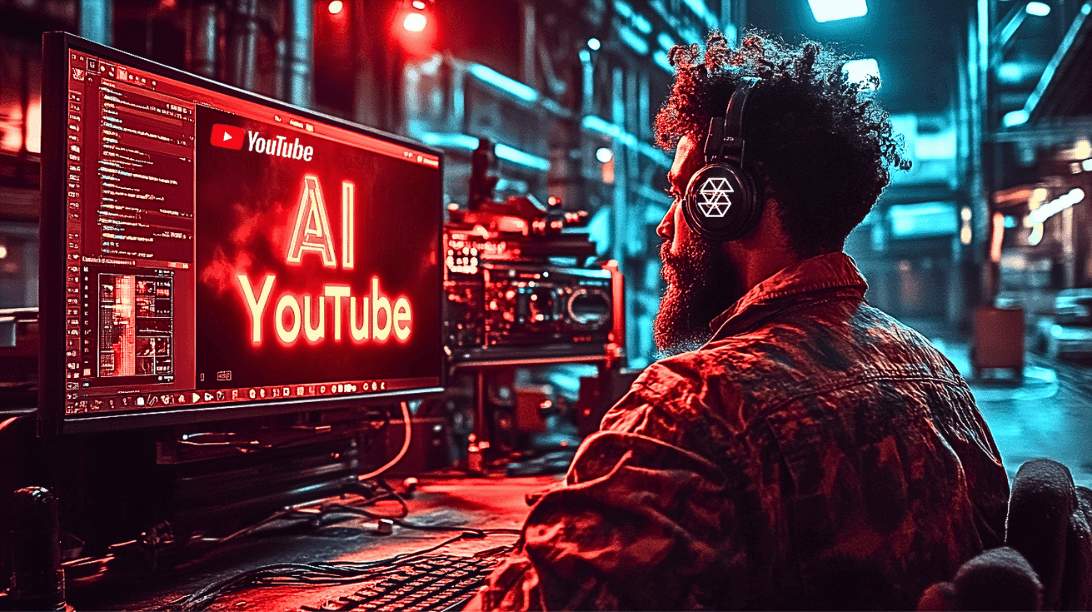9 Ways Companies Use AI for Social Listening
9 Ways Companies Use AI for Social Listening
Customer engagement is a key ingredient for the success of any business enterprise. To succeed at marketing, organizations need to align themselves with the voices and expectations of their target audience. That’s not all – customers also talk about brands on social media platforms and share their experiences with other users.
Here are some revealing statistics to put this in context:
75% of online users use social media to research brands
49% of consumers look at an influencers’ recommendations on social-media platforms
71% of consumers (with a positive brand experience) are more likely to recommend the brand to their friends or families
Online users spend around 2.5 hours on social-media platforms daily
To discover and analyze valuable customer insights, AI-powered social-listening tools are a valuable asset for any organization. Let’s explore how companies can use AI technology for social listening.
Sentiment (positive or negative)
Keyword extraction
Entity Extraction (Individual, company, place, product)
Hashtag, Cashtag, Account / Handle extraction
Popularity Metrics (Likes, Shares, Retweets / Reposts, Interactions, Views)
Metadata (author, date, publication)
Topic / Content Classification
9 Ways Companies Can Use AI for Social Listening
1. Add Context to Social Media Information
Social media users create massive amounts of data on a daily basis by posting different types of content in the form of text, videos and images. AI-powered tools along with social listening can extract valuable insights from the incomprehensible data streams arising from messages, tweets, and posts.
2. Market Research
For effective market research, it’s not practical for companies to talk to consumers about every topic they want to research in focus groups or paid interviews due to limited resources. Instead of traditional methods, AI-powered social listening tools along with natural language processing can measure customer sentiment and brand perception by analyzing millions of social media posts and comments.
3. Analyze Visual Content
Companies can no longer ignore visual content (images and videos) on social media platforms. AI technology such as image recognition can identify brand images and detect brand-related information or opinions from visual content. Additionally, AI-powered tools can also detect your company’s products on online platforms.
Besides videos, AI-enabled social listening tools can also identify images using image recognition and computer vision. Additionally, they can analyze the context of the posted image and detect the "emotions" behind the same. This is relevant for social listening targeted toward graphic content.
4. Categorize Topics of Discussion
AI-enabled tools can also identify keywords in a social media post or conversation and categorize them for further analysis. For example, you can accurately tag keywords with categories like customer complaints, product issues, or technical support for feedback or follow ups.
5. Leverage Customer Interactions
Companies are also leveraging the popularity of social media platforms to reach out (or engage) with their customers. Brands are increasingly integrating their customer support with social media listening. For instance, AI-powered chatbots on social media pages are transforming the customer experience. An AI-powered social listening tool can flag a customer issue for a customer service representative to respond to, and when handled properly such an interaction can help a company earn free, positive press coverage.
6. Analyze Customer Sentiments
Using AI-powered social listening tools, enterprises can extract valuable customer insights from social media channels. This is done by monitoring keywords, brand mentions or conversations, and industry trends. This is useful for enterprises to gauge customer sentiment around a particular brand or product.
7. Detect any Brand Crisis
Companies can leverage AI technology to detect any brand-related crisis before they blow into an unmanageable disaster. For instance, AI models can be trained to detect words like “scam”, “offensive” or “poor quality” and send out real-time alerts to concerned personnel.
8. Competitor and Industry Research
Social media platforms are a valuable resource for companies to research what their competitors are doing. For instance, AI-enabled tools can monitor the launch of a new product and what consumers are saying about a product or service. This enables your company to leverage feedback and extracted insights to improve your product or service.
9. Measure and Verify how Consumers Perceive your Brand
AI-powered social listening tools can also keep track of industry trends on social media channels – along with the market perception of your brand. By analyzing the results you can determine what is (or is not) working for your brand. By understanding brand perception, companies can identify potential marketing messages from positive customer experiences, as well as any product-related problems, missing features, or the need to launch a new product.
Conclusion
Social media platforms are a valuable resource for companies to interact with their community (customer base), aided by context on what customers think about their products or services. Powered by Artificial Intelligence, social-listening tools can empower companies to engage directly with consumers with context and understanding faster than traditional marketing agencies could provide. By processing millions of social media posts, AI-enabled social listening tools can easily identify customer sentiments, brand perceptions, and customer expectations.






